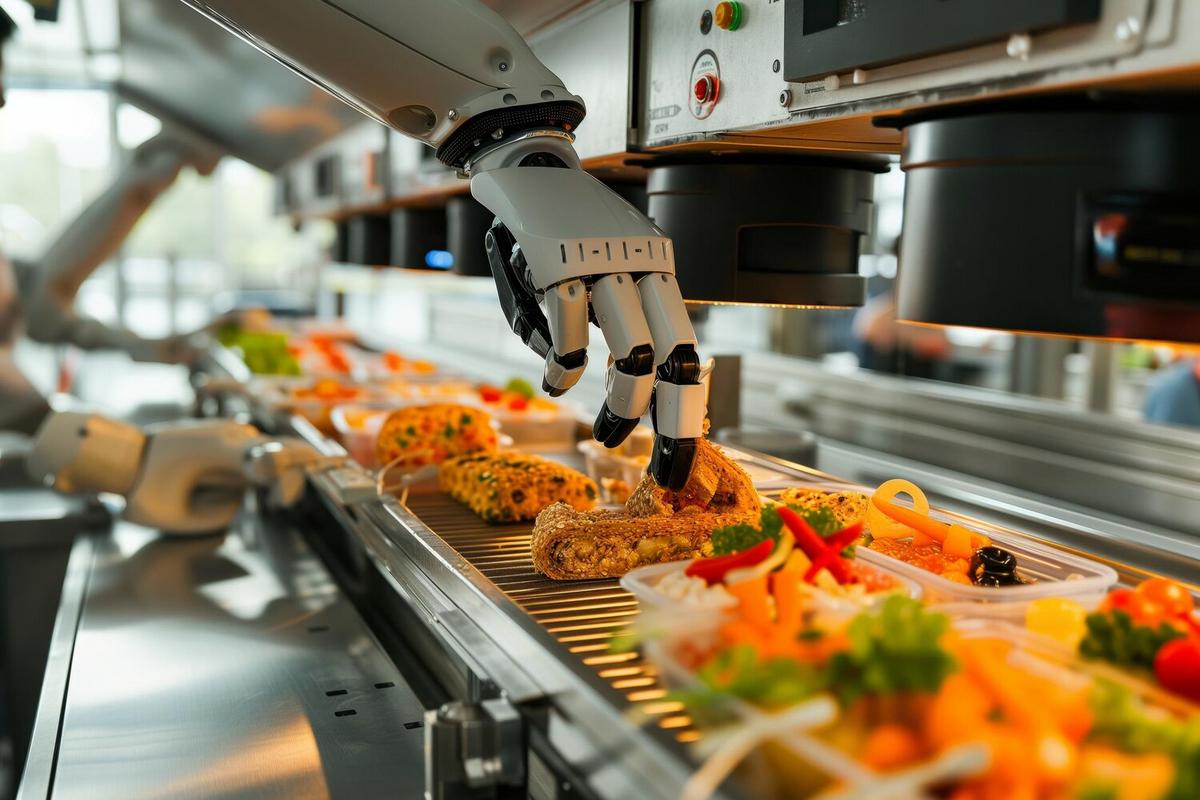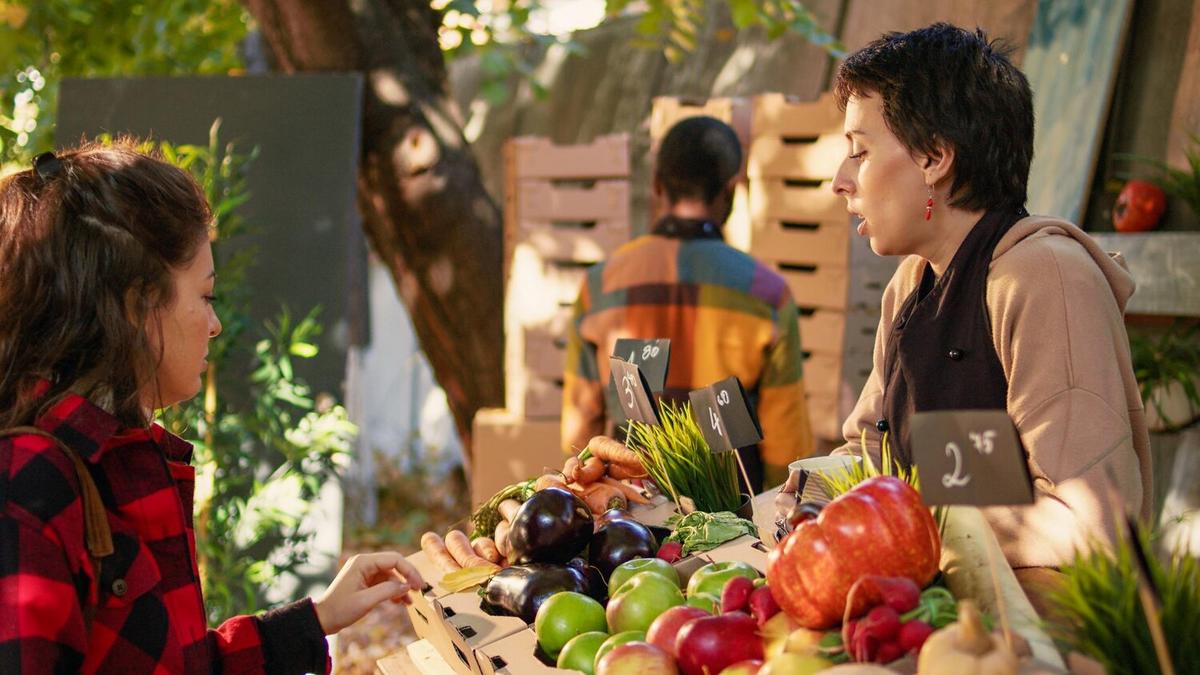Water conservation is a crucial aspect of sustainable cooking that often goes overlooked in our daily culinary routines. By implementing a few thoughtful strategies, we can significantly reduce water waste in the kitchen, contributing to a more sustainable lifestyle.
Understanding Water Use in Cooking
Cooking is an integral part of daily life, but it can also be a significant source of water consumption. From washing vegetables to boiling pasta, water is a staple in many kitchen tasks. According to a study by the Water Research Foundation, the average household uses approximately 300 gallons of water per day, with cooking and food preparation accounting for a notable portion of this usage.
Expert Insights
Chef and environmental advocate, Alice Waters, emphasizes the importance of mindful water use in the kitchen, stating, ‘Every drop counts in the fight for sustainability.’
Simple Steps to Conserve Water
- Reuse Cooking Water: Utilize water from boiling vegetables or pasta for soups or to water plants.
- Efficient Cleaning: Fill a basin with water for rinsing instead of letting the tap run continuously.
- Steaming Over Boiling: Steaming uses less water than boiling and retains more nutrients.
- Use a Pressure Cooker: These devices reduce cooking time and water usage.
Personal Experience
As an avid home cook, I’ve found that planning meals ahead and batch cooking can significantly reduce water usage. For example, preparing grains in bulk and freezing portions for later not only saves water but also time.
Resourceful Cooking Practices
| Task | Traditional Method | Water-Saving Method |
|---|---|---|
| Boiling Pasta | Fill a large pot with water | Use just enough water to cover the pasta |
| Washing Vegetables | Running water over produce | Soaking in a bowl |
| Steaming Vegetables | Using a full pot of water | Use a steaming basket |
| Cleaning Dishes | Running tap | Dishwasher with full load |
| Making Soup | Discard vegetable scraps | Use scraps for homemade stock |
| Defrosting Food | Running water over frozen food | Thaw in refrigerator |
| Brewing Coffee | Single-use pods | French press or drip |
| Making Tea | Boil full kettle | Boil only needed water |
Frequently Asked Questions
How can I reduce water usage when washing dishes?
Using a dishwasher for full loads is more water-efficient than washing by hand. If washing by hand, fill a basin with water for rinsing.
Is steaming vegetables more water-efficient than boiling?
Yes, steaming requires less water and retains more nutrients compared to boiling.
Can I reuse pasta water?
Absolutely, pasta water can be used in sauces or soups for added flavor.
Conclusion
By incorporating these simple water-saving strategies into your cooking routine, you can play a part in conserving this precious resource. Every small change adds up, making a significant impact on our planet’s health. Let’s embrace sustainable cooking and ensure a better future for generations to come.




Leave a Reply